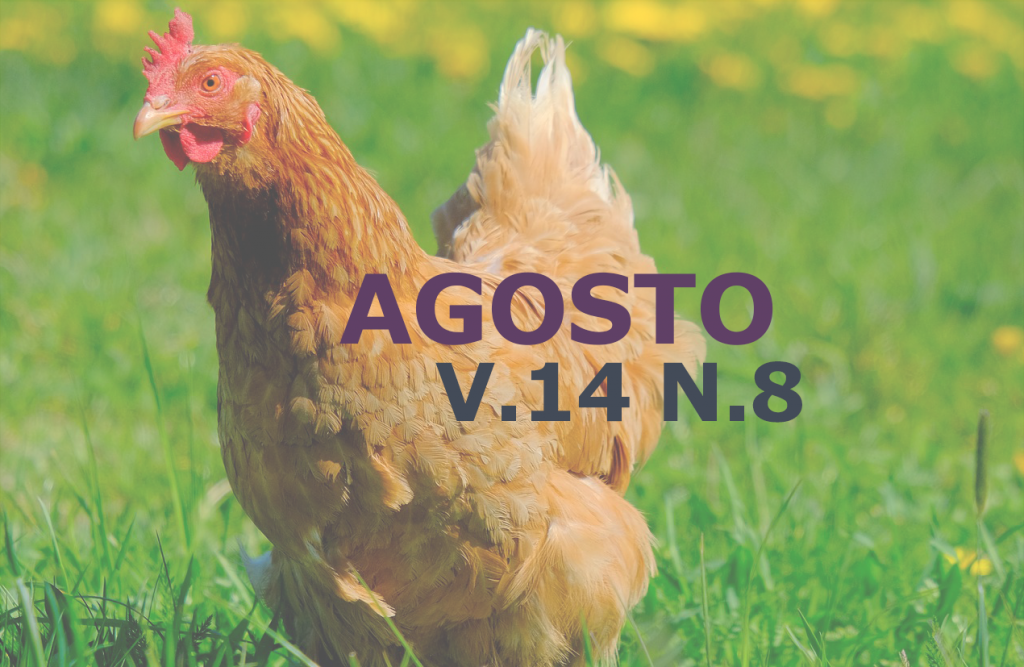Osteomyelitis in the feline pelvic limb secondary to bacterial infection: Case report
DOI:
https://doi.org/10.31533/pubvet.v14n8a633.1-8Keywords:
inflammation, feline, lincomycin, boneAbstract
Osteomyelitis is defined as bone inflammation caused by an infectious agent that may be bacteria or fungi, including associated structures such as soft tissues, periosteum and endosteum. The causes for the appearance of osteomyelitis are diverse, such as exposed fractures, traumatism and extensive bone exposure. The main clinical signs found are claudication in the affected limb, pain on palpation of the region, edema and presence of purulent discharge at the affected site. The diagnosis involves radiographic, hematological and antibiogram examinations. The treatment is long and requires persistence of both the tutor and the professional responsible. The best form of prevention is the attention and care in any injury that the animal may present in order to avoid outbreaks of infection. The objective of this study was to report a case of a 3-years-old feline, with symptomatology of pain, claudication and presence of mucopurulent secretion in the pelvic limb, from the city of Manaus, at the Veterinary Medical Center of Manaus, approaching clinical history, diagnosis and treatment. Through physical and radiographic examinations and antibiogram, it was possible to diagnose osteomyelitis. Treatment consisted of scraping, removal bone fragments and use of various antibiotics, with lincomycin showing the best results. The animal presented a satisfactory recovery. It was concluded that, through clinical signs, the correct approach and complementary tests such as bacterial culture and antibiogram is necessary to treat the infection.
Downloads
Published
Issue
Section
License
Copyright (c) 2020 Maria Helena Dantas de Freitas, Márcio Nogueira Rodrigues

This work is licensed under a Creative Commons Attribution 4.0 International License.
Você tem o direito de:
Compartilhar — copiar e redistribuir o material em qualquer suporte ou formato
Adaptar — remixar, transformar, e criar a partir do material para qualquer fim, mesmo que comercial.
O licenciante não pode revogar estes direitos desde que você respeite os termos da licença. De acordo com os termos seguintes:
Atribuição
— Você deve dar o crédito apropriado, prover um link para a licença e indicar se mudanças foram feitas. Você deve fazê-lo em qualquer circunstância razoável, mas de nenhuma maneira que sugira que o licenciante apoia você ou o seu uso. Sem restrições adicionais
— Você não pode aplicar termos jurídicos ou medidas de caráter tecnológico que restrinjam legalmente outros de fazerem algo que a licença permita.





